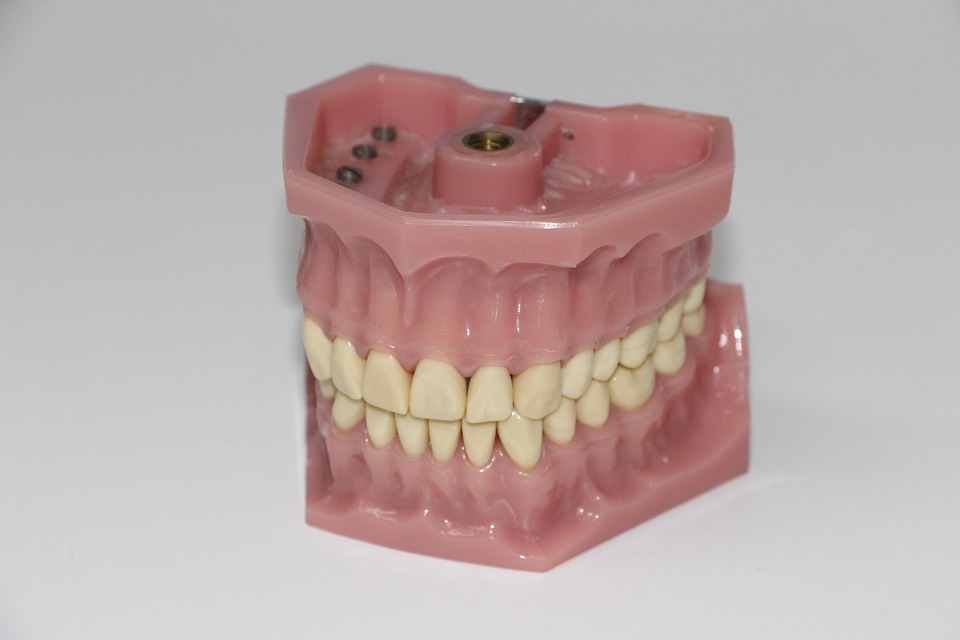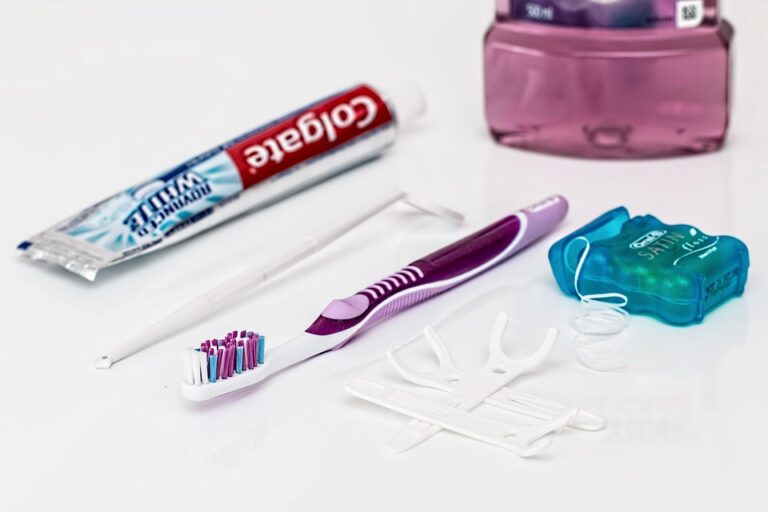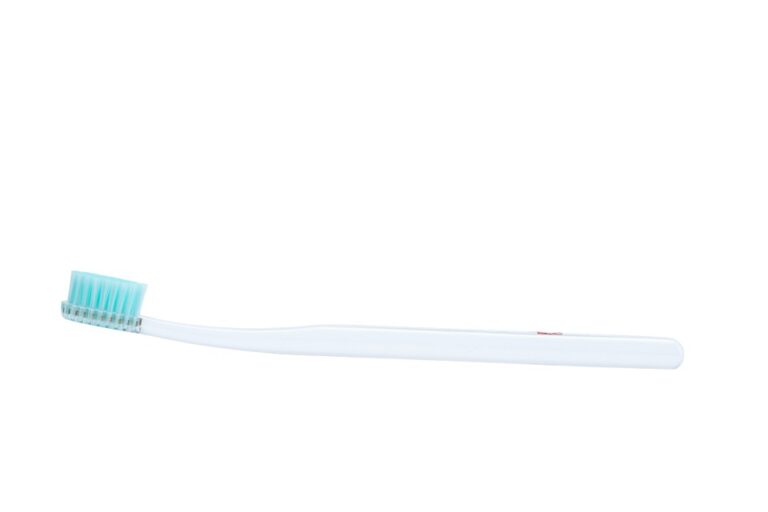
Can Dental Fillings Cause Health Problems
Dental fillings are common. You probably have one right now. But are they safe? Could fillings cause health problems later? In this post, I’ll break down the facts, common stories, and what I’ve learned myself—using simple words. If you want to look after your health, make good choices at the dentist, or want the best for your family, keep reading. I’ll help you understand the risks, what’s true, and what you can do.
Article Outline
- What Are Dental Fillings and Why Do We Need Them?
- What Materials Are Used in Fillings Today?
- Are Mercury Amalgam Fillings Dangerous?
- Can White Fillings Be Harmful Too?
- What Are the Signs of Filling-Related Health Problems?
- What Does the Latest Science Say About Dental Fillings and Your Health?
- What Should You Ask Your Dentist Before Getting a Filling?
- Are Fillings from a china dental lab Safe?
- Do 3D Dental Labs Offer Better or Safer Fillings?
- When Should You Replace Old Fillings?
- Conclusion & Quick Takeaways
What Are Dental Fillings and Why Do We Need Them?
Let’s start with the basics. Cavities are sneaky. They eat holes in your teeth when germs and sugar mix. If you let a cavity grow, it can get really bad. That’s why dentists use fillings—they fix the hole after cleaning out the bad part of your tooth.
When I got my first filling as a teen, the dentist told me he was “fixing a hole” in my tooth, kind of like patching a pothole in a road. Without that patch, the tooth could break, hurt, or fall apart.
But fillings aren’t perfect. If you’ve ever asked, “What’s in this stuff? Is it safe?” you’re not alone. Millions ask the same thing every year.
What Materials Are Used in Fillings Today?
Fillings come in different types. Many years ago, dentists usually used silver-colored amalgam fillings. These last a long time, but they also have mercury in them. That worries some people.
Today, you have choices. There are tooth-colored composites (they look good but can wear out sooner), gold (very strong but expensive), and ceramics like emax or zirconia—the same stuff used in new crowns by zirconia labs and emax dental labs. Some dentists even use new, special materials from a 3d dental lab. Each kind has good points and bad points.
I’ve had both silver and white fillings. I like how composites match my teeth, but I still worry more about my old silver ones. Knowing what’s in your mouth is important—you don’t want surprises.
Are Mercury Amalgam Fillings Dangerous?
This is the most talked-about problem: mercury. Amalgam fillings are about half mercury, mixed with other metals. The worry is that mercury might slowly get out and hurt your brain, kidneys, or immune system.
I remember reading scary stories after my first silver filling. My mom called the dentist, who said that lots of studies show the mercury in fillings doesn’t get to dangerous levels—in most grown-ups, anyway.
Still, not everyone agrees. Some people say they felt headaches, tiredness, or other strange things after getting amalgam fillings. Studies show pregnant women, moms who breastfeed, and little kids under six may be at more risk. Some countries, like Norway and Sweden, have even stopped using mercury fillings for most people.
If you already have amalgam fillings, don’t panic. Most doctors say leave them alone unless they’re damaged or causing real problems. Removing them lets out even more mercury. I keep an eye on mine and talk to my dentist at every checkup.
Can White Fillings Be Harmful Too?
You might think getting white fillings solves all the problems. Not exactly. Most “composite” fillings are made from plastic and tiny glass bits. Some plastics have chemicals like BPA—the same one people try to avoid in water bottles.
Most studies show the amount of BPA in dental fillings is really tiny, but some people might react. Some get sore gums, a weird taste, or allergies. Sometimes, people report strange symptoms after getting lots of fillings at once.
Dentists keep working to make these better. When I needed a filling last year, I asked for one that’s BPA-free from a good zirconia lab. If you’re sensitive, or just want to be careful, ask your dentist what exactly they’re using.
What Are the Signs of Filling-Related Health Problems?
This is tough, because most signs are hard to spot. Maybe you get headaches, feel tired, or have a foggy brain. Others notice their mouth gets sore, or they taste metal, or smell something weird.
I know a friend whose migraines went away after she swapped out an old silver filling. But who knows—was it the filling, the chemicals, or just chance?
If you have mouth pain, allergies, swollen gums, new headaches, or just don’t feel right after a filling, let your dentist know. Fillings work fine for most, but you know your body best. You shouldn’t have to put up with odd problems.
What Does the Latest Science Say About Dental Fillings and Your Health?
Experts have looked into this for a long time. Most say silver fillings with mercury are safe for adults. A few people with certain health issues might have trouble. When it comes to kids, pregnant women, or people with kidney disease, doctors now say to be careful.
Composites and ceramics seem safe most of the time, too. But nothing is totally risk-free. Scientists have found small amounts of stuff can come from every filling—silver, composite, even gold. But our bodies can usually handle these small amounts.
Like my dentist says, “Ignoring cavities is more of a risk than fillings.” That’s why you should keep up with your teeth, eat well, and fix problems while they’re small.
What Should You Ask Your Dentist Before Getting a Filling?
This is your mouth, so take control. Before you agree to a filling, ask these easy questions:
- What kind of filling are you using—silver, composite, or ceramic?
- Where do you get the materials? (Trusted zirconia labs or emax dental labs are nice.)
- Is the composite filling BPA-free?
- How long will it last? Is there any risk for me?
Don’t be shy. Your dentist should want you to feel good. Good dentists like questions. I always ask, “Would you put this filling in your own child’s mouth?” That really makes them think!
If your dentist sends work to a china dental lab or a 3d dental lab, ask about their quality checks. Good labs follow safety rules, but it’s smart to ask again.
Are Fillings from a China Dental Lab Safe?
This comes up a lot now. Many dentists, especially in the US, use overseas labs to cut costs. Some china dental labs do great work, but some are not as reliable.
I have a family member who got a filling from a china dental lab and had no problems. But some people worry about poor quality or dirty materials.
Stay safe by asking your dentist which lab they use. Good 3d dental labs and emax dental labs show their safety papers on their websites. Ask for proof! You don’t want mystery stuff in your mouth.
Do 3D Dental Labs Offer Better or Safer Fillings?
Dentistry is getting fancy. New 3d dental labs use computers and robots to make fillings that last longer and fit better than older ways.
These labs often use strong zirconia or emax for a tough, natural look. Because machines do the work, there’s less room for mistakes or bad stuff getting in.
I saw a 3d dental lab last year. The machines were like a bakery for teeth! The worker said their fillings fit so well that dentists almost never need to fix them. I felt good knowing mine was made just right by a robot.
If you care about safety and a good fit, look for a dentist who works with a 3d dental lab or certified zirconia lab. Technology helps a lot.
When Should You Replace Old Fillings?
Fillings don’t last forever. Over time, they can break, leak, or wear away. Tiny cracks let germs in and lead to more decay.
So, when do you get a new one? My dentist says if a filling is loose, broken, hurting, or has new decay under it, get it changed soon. Don’t wait for a big problem.
If you have old silver fillings and worry about mercury, ask for safe removal from a dentist who knows how to do it right. Taking out silver fillings can release extra mercury, so care matters. Some say, “If it works, leave it.” But if you worry, peace of mind matters too.
Conclusion & Quick Takeaways
So, can dental fillings hurt your health? For most people, probably not. But knowing the facts and your choices helps. Stay informed, ask questions, and talk openly with your dentist.
What to remember:
- Fillings save teeth from decay, but sometimes people worry about health risks.
- Mercury fillings can be a problem for some, especially kids and pregnant women.
- Modern composites and ceramics from top zirconia labs and emax dental labs are safer and look good, too.
- Always ask your dentist about the material, where it comes from, and if it’s BPA-free.
- Overseas labs (like a china dental lab) can be fine if quality is checked—always ask for proof.
- If you feel strange after a filling, tell your dentist.
- 3d dental labs help make strong, perfect-fitting fillings.
- Replace broken or old fillings before they start problems.
- Good care now means fewer fillings later!
The best advice? Take care of your teeth. Brush, floss, eat well. Work with your dentist as a team. Knowing a little makes a big difference.
Summary: Key Points to Remember
- Fillings fix damaged teeth but bring some health worries.
- Mercury, BPA, and other parts can sometimes cause problems.
- Don’t be shy—ask where your filling comes from: zirconia lab, emax dental lab, china dental lab, or 3d dental lab.
- Care for your teeth and get regular checkups to avoid fillings you don’t need.
- Think about the risk of cavities versus the small risks from fillings.
- Your smile and your health matter most—stay smart, be brave, and make the best choices you can!








